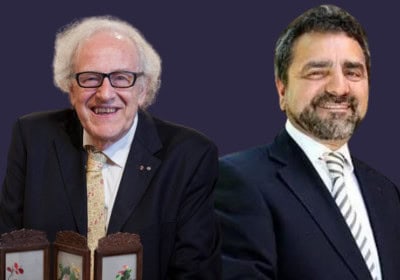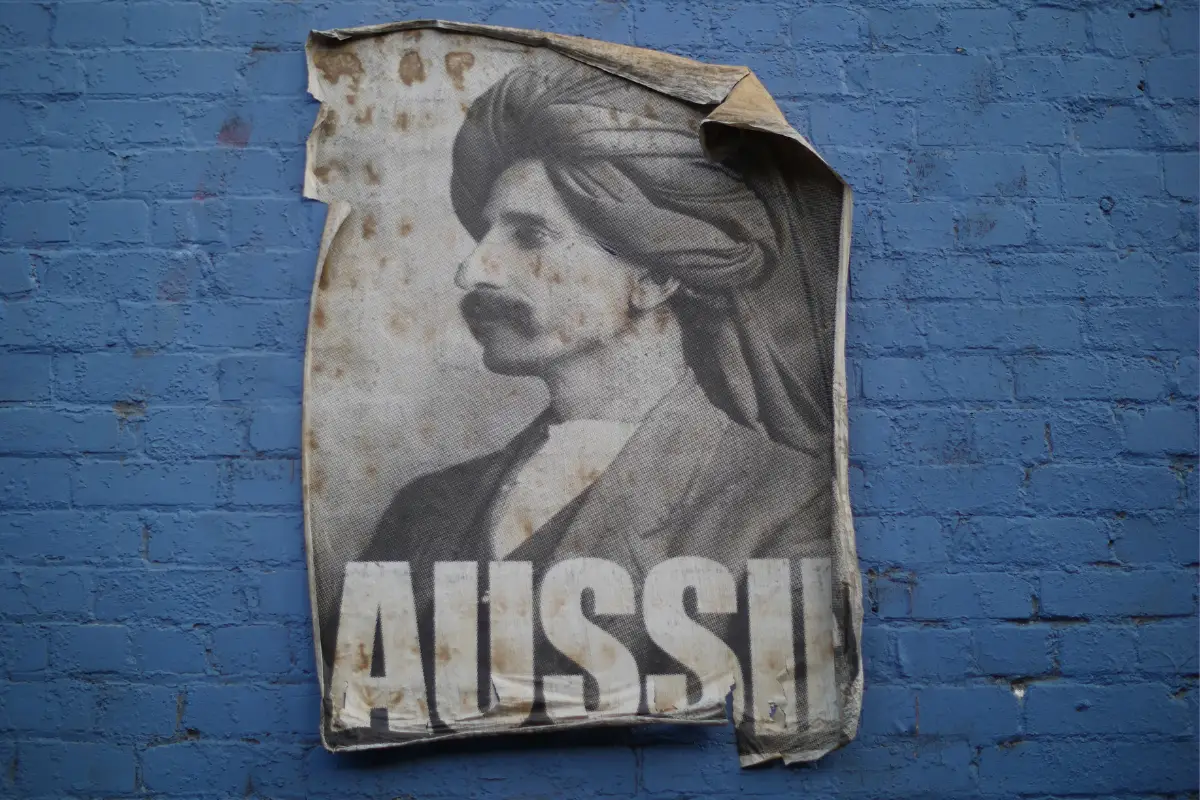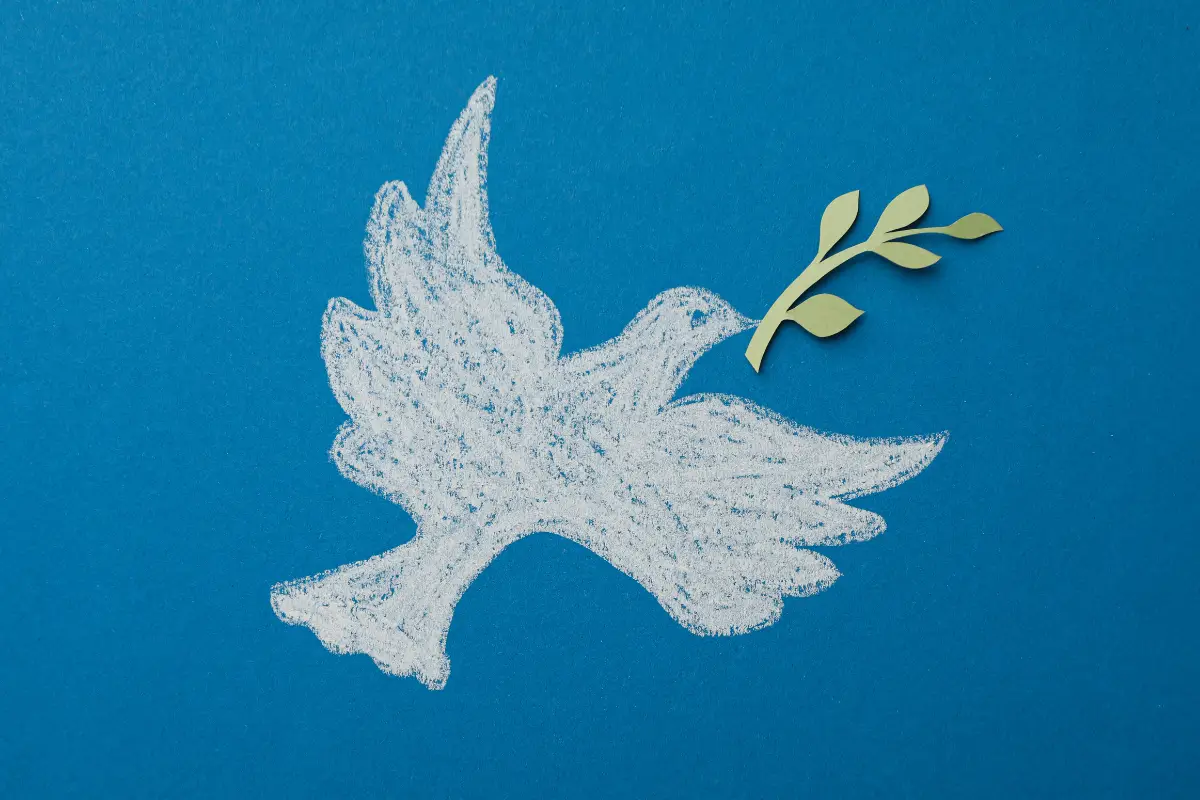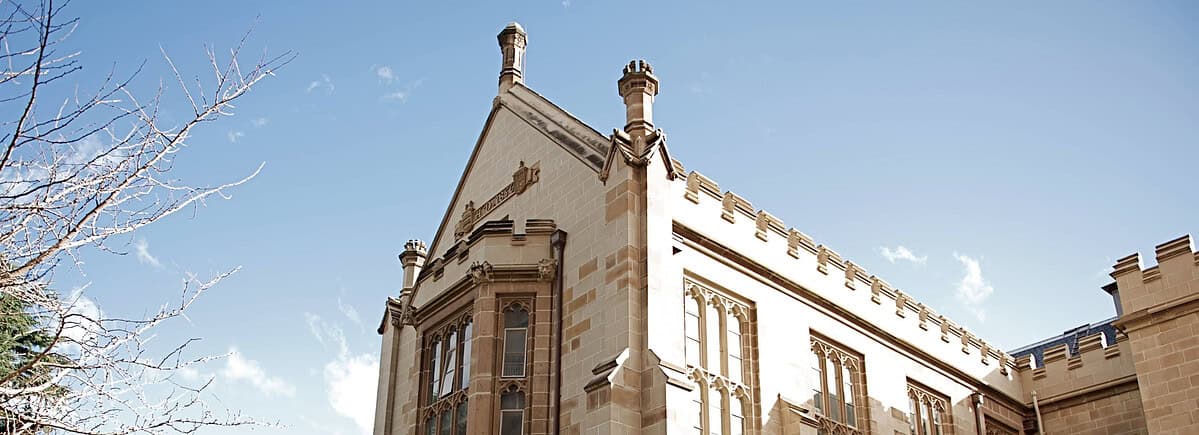
In the opening paragraph of her autobiography, My Accidental Career, acclaimed biographer and academic, Brenda Niall AO FAHA describes a filling out an application for a passport.
‘For most of my friends the Occupation slot would have been easy to fill. ‘Home Duties’ was what women did: the home was where we all belonged, and the off-putting word ‘Duties’ wasn’t questioned. In stepping aside from a suitable marriage, at the then advanced age of twenty-seven, I’d lost my way on the well-trodden path to becoming a wife and mother. And in the 1950s, there weren’t many alternatives. Careers were for men: not many women expected to earn their own living, and if they did it was a slur on their husband’s capacity to be his family’s sole support.’ — My Accidental Career, Brenda Niall, 2022.
Now 93, Brenda was elected to the Academy of the Humanities in 1990, joining only two other women in the English Section. She rose to the position of Reader at Monash University before retiring in 1995. The span of Brenda’s academic career began at a time when women were not expected to study at university, but by the time she retired in 1995, the university landscape looked very different.
A ‘nice little job’
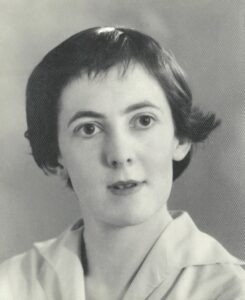
Born in 1930, Brenda was educated at Genazzano FCJ in Kew, Victoria from 1935 to 1948. While she felt her academic promise was neglected, it is clear she was one of several bright girls to graduate. Her classmate Mary Parker would go on to have an illustrious acting career in Australia and the United Kingdom, another classmate would become a doctor, and while another would study law.
They were women who bucked the expectation they should find a ‘nice little job’ to keep them occupied while awaiting marriage and children.
In 1949, Brenda enrolled at the University of Melbourne to study English literature.
‘It was a difficult start,’ she admits candidly. ‘I had no idea how to use the Dewey [Decimal] system. Genazzano didn’t really have a library, just a few glass-fronted bookcases with miscellaneous classics.’
‘But when I settled into my studies, I did quite well. I wanted to go to Oxford. That was always the plan. But my father became ill when I was in my final year and I didn’t get the first class honours I had counted on, and when my father died soon after my finals I didn’t want to go anywhere. Oxford was forgotten. Our family grief was all we could cope with.’
Brenda would get work researching and managing the book review page in a Catholic magazine but admits, ‘by the time my thirtieth birthday came along, which is always a bit of a landmark, I thought I’d better earn a decent living rather than doing bits and pieces.’
Carving a name for oneself
At first, Brenda considered going back to the University of Melbourne until she ran into an old university friend, Phillip Martin, who encouraged her to move to Canberra and study at the Australian National University, under founding AAH Fellow A. D. Hope, who Brenda had much-admired during her undergraduate studies.
‘Within a day or two, my colleague phoned back and said Alec Hope was delighted and there was no problem. ANU had things Melbourne University didn’t have, for one, Australian Literature was a separate subject. It was lively, more enjoyable, and it was my first time away from home.’
Brenda completed her Masters degree on Edith Wharton, for which she was awarded first class honours. She was offered a temporary lectureship at ANU but elected to join the newly established Monash University as senior tutor.
‘It wasn’t a lectureship — as soon as you got your lectureship you got a year of study leave, automatic promotions, that sort of thing. Being a senior tutor seemed good to me. It wasn’t ambitious but it was safe. You didn’t get promotions or study leave, nor were you expected to lecture or publish. It sounded an easy way to find out what I was capable of.’
Brenda recalls being warned by Grahame Johnston, who had been her internal thesis examiner at ANU not to stay in the role for too long.
‘He warned me not to get stuck in the senior tutor role. All senior tutors were women. Grahame said that the moment I was expected to pour the tea or coffee my career was over. He suggested that I apply for a Fulbright scholarship in the US and turn my Edith Wharton thesis into a book. I got the Fulbright and came back to Monash with the necessary experience of overseas study, at the University of Michigan, as well as time on the Wharton papers at Yale. I came back and got a lectureship.’
‘That,’ Brenda remarks. ‘Was that beginning of a proper career.’
Some good & helpful friends
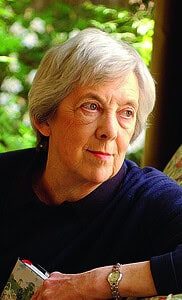
Brenda Niall counts many of the Academy among her friends; George Russell who gave sage career advice and who’s influence as a board member with Melbourne University Press resulted in the editor learning about Brenda’s thesis, and started a long publishing relationship with MUP.
Ian Donaldson who Brenda worked closely with when he was the Director of the Humanities Research Centre at ANU and Niall spent some time between the Humanities Research Centre and the National Library where she was reviewing manuscripts for a biography.
‘Ian Donaldson did quite a lot for me’, she says. He invited me to give the Inaugural Seymour Lecture in Biography in Canberra, Adelaide, and Perth. He pushed my career quite a bit during my two stays at the Humanities Research Centre.’
‘‘It’s obvious that all my mentors were men. That’s because there were no senior women to look to. Melbourne University in my time as a student in 1949-51 had one woman lecturer in the English Department and one tutor. I didn’t know either of them.’
Brenda held additional visiting fellowships at Yale University and the Australian National University, and in 1990, received a letter that she was being considered for election to the Academy of the Humanities’ Fellowship, and whether she would accept.
‘Being elected to the Academy was a surprise, but it was a great honour,’ Brenda recalls.
Niall and Margaret Clunies Ross were both elected in 1990, joining the only other woman in the English Section, Leonie Kramer, who had been elected in 1974.
‘The idea was we’d get in and elect more women, but the Academy was more or less a reflection of universities at the time — when women were expected to get married, have children, not want much else which meant there were also not a lot of women to elect in those days. This did change, and there were quite a few women joining the Academy, both in the English Section and other Sections.’
‘Certainly, in the early 1970s, we had an influx of young women who wanted to study at Monash University since their young children were in school. I supervised quite a few who went on to do their own PhDs and have academic careers.’
The art of biography

Brenda retired from her position at Monash in 1995 to write full-time. What came next were more acclaimed biographies of eminent Australians, including the Boyd family, Daniel Mannix, the Archbishop of Melbourne, and painter and pioneer Georgiana Huntly McCrae, as well as two autobiographies.
In 1997, Brenda was invited by renowned artist Judy Cassab to sit for a portrait. Seven years later, Niall would publish her own biography on Cassab’s life.
Her most recent autobiography, My Accidental Career was written during pandemic lockdown and ‘was perfect for a time when I couldn’t get out to archives. It taught me the power of memory, the treasures to be found on the net, and the value of Trove.’
Later this year, Brenda will turn 94. One of the things she laments has changed so significantly in her lifetime is the price of a humanities education.
‘My undergraduate was free under the Commonwealth Scholarships scheme, as was for many of the students I tutored until Gough Whitlam ended his term as Prime Minister in 1975. The fee increases on humanities degrees continue to climb and are out of step with other disciplines.’
She recently submitted her next manuscript to Text Publishing — a biography of acclaimed Australian novelist and artist, Joan Lindsay.

